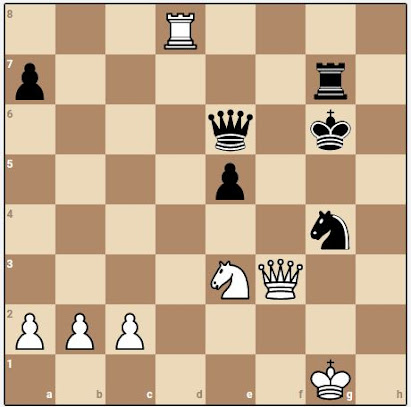What about concepts?
We theorized that concepts and analogies would be at the core of the solution of the transfer of knowledge from one position to another. When we talk about familiarization of the ABC of chess, concepts definitely play a role. When you look at a position for the twentieth time and you try to deepen your knowledge of what you see, you clearly will notice that you make use of concepts and analogies. Yet there is an area that is even more intelligible for the use of concepts: strategy. In the past we talked a lot about Troyis. A game where you had to move a knight in a contained space. That game illustrated perfectly the effect of training by trial and error. By just playing it an awful lot of times, you became better in it. To a certain degree. After that, you would notice that your game level would just plateau. No matter how much more effort you put in your training. Just like chess. Playing by trial and error means not playing by a strategy. Simply because there was no strategy, y...



